THE CAJAL INSTITUTE
Social projection of scientific activity
Social projection of scientific activity
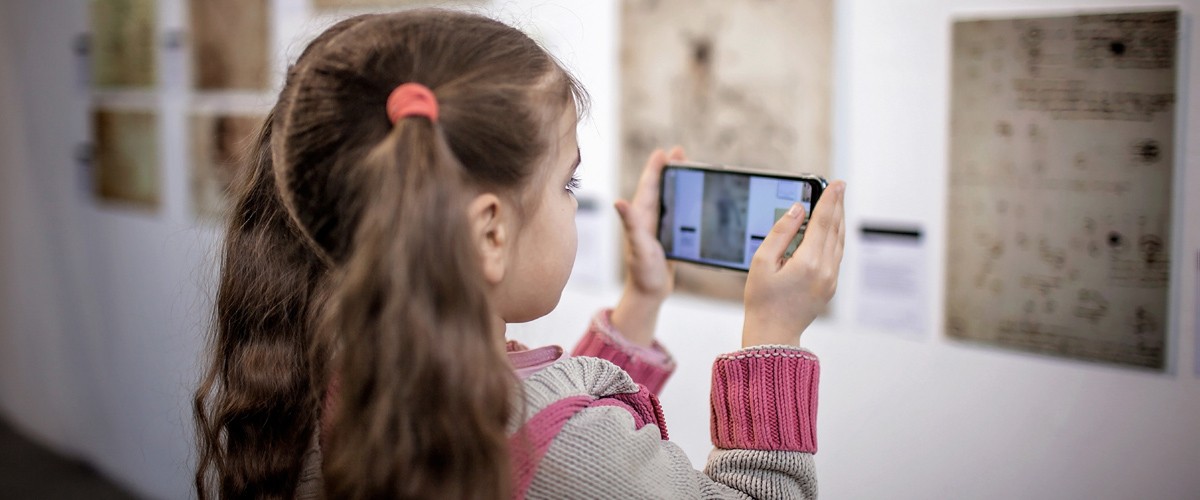
Public communication of the work developed by the Cajal Institute
The communication, dissemination, dissemination and transfer to the public opinion of the work that takes place in the center, as well as the results derived from it, represents for the Cajal Institute a fundamental and inexcusable commitment to our society.
Approaching citizens the research work carried out in our laboratories constitutes an unavoidable responsibility, which we understand as an essential part of our own scientific activity.
A community involved in dissemination
To do this, we have the valuable communication work and strategy of our library, documentation and dissemination service, as well as the support of a scientific culture section. This, without prejudice to the traditional participation of the scientific personnel of the center in dissemination activities that seek to reach Spanish society and, in particular, to the associations of patients related to the world of neurology and psychiatry.

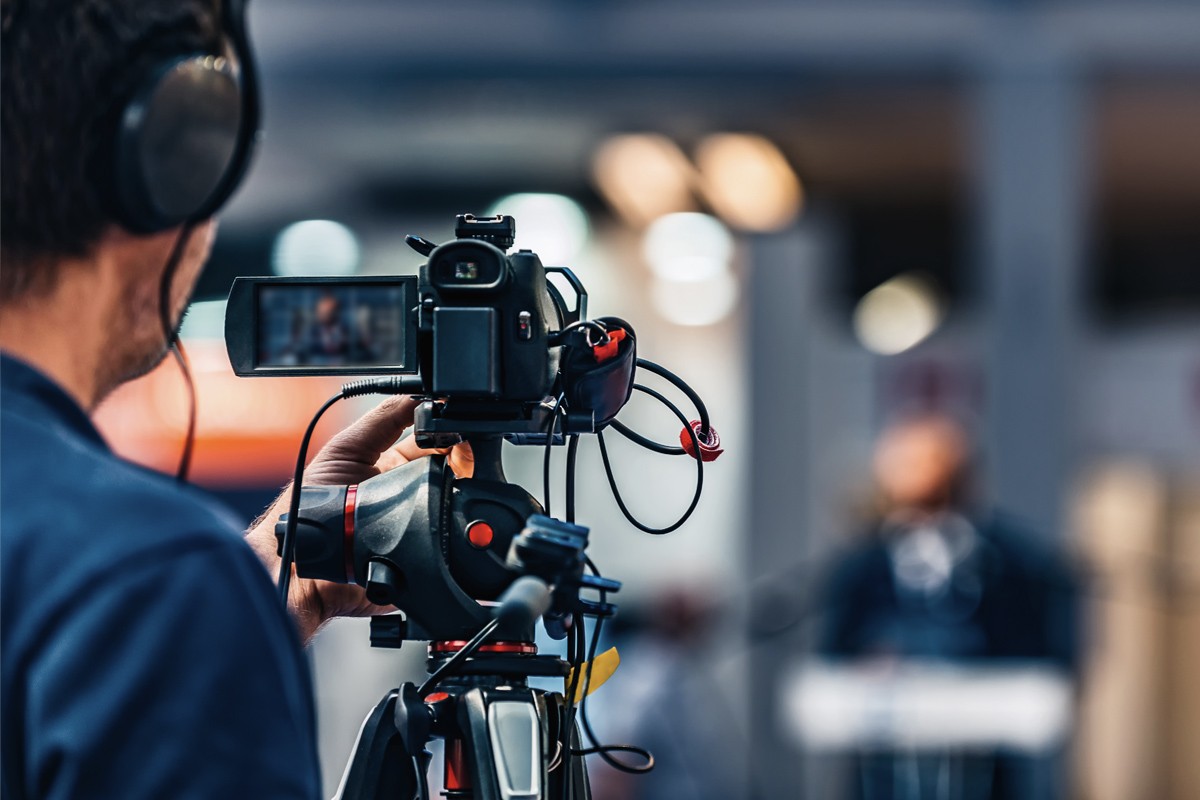
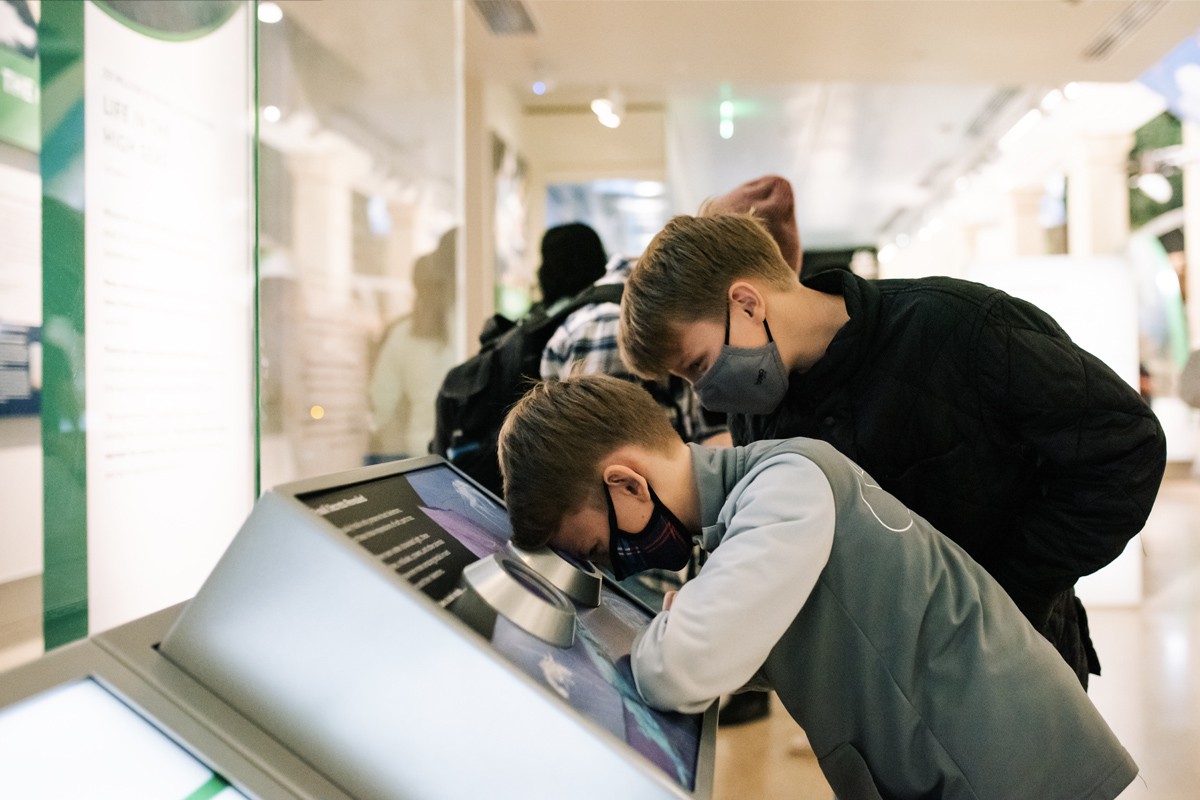
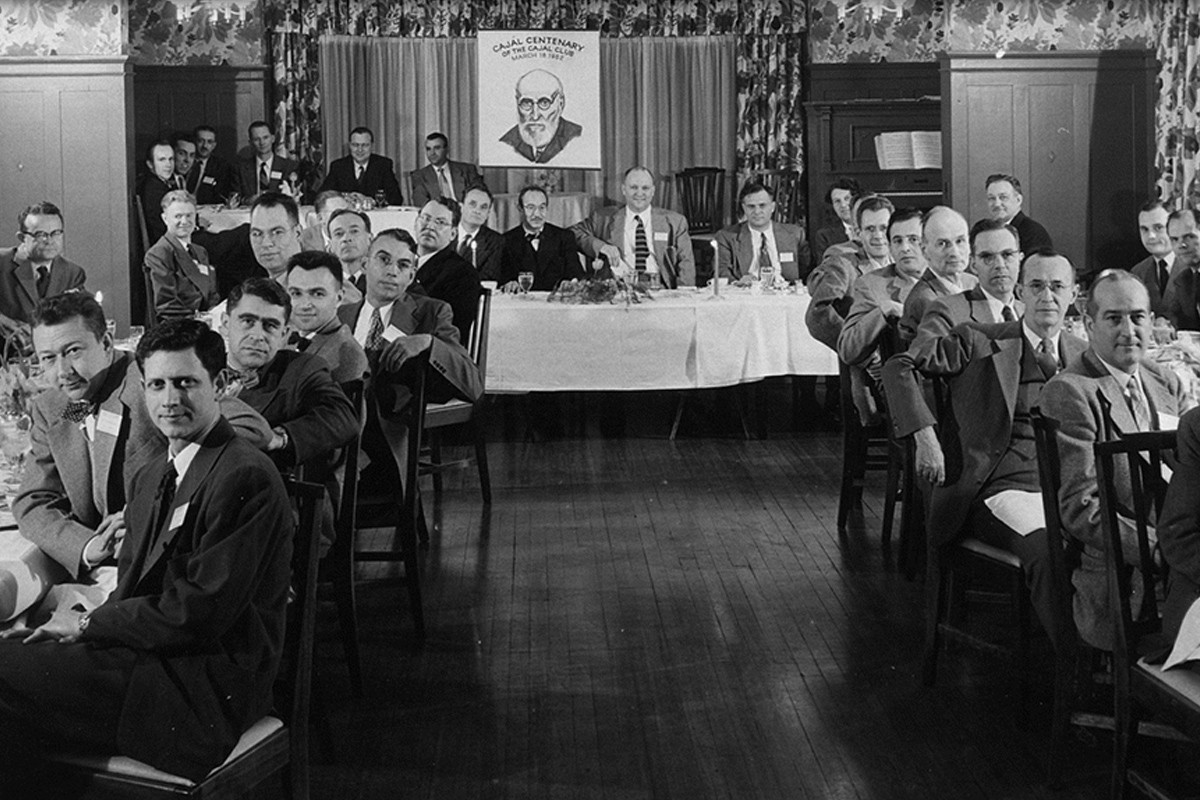


On many occasions our institute has also been the headquarters for congresses and scientific meetings of great relevance, such as the ‘Cajal Club’ meeting, a section of the American Association of Anatomist, constituted in 1947 by the most notable American neurohistologists, which recognized The fundamental role that our Nobel Prize had played in the development of modern neuroscience.
The Cajal Legacy: Key Heritage for the Dissemination of Neuroscience
Given the validity and news of the Cajal legacy, both for the history of science and for the lines of research on the brain that they currently develop, it is essential, from the perspective of social communication and the dissemination of neuroscience, to have a museum National dedicated to the figure of Santiago Ramón y Cajal and the disciples of their school, which constituted the initial avant -garde of these studies.
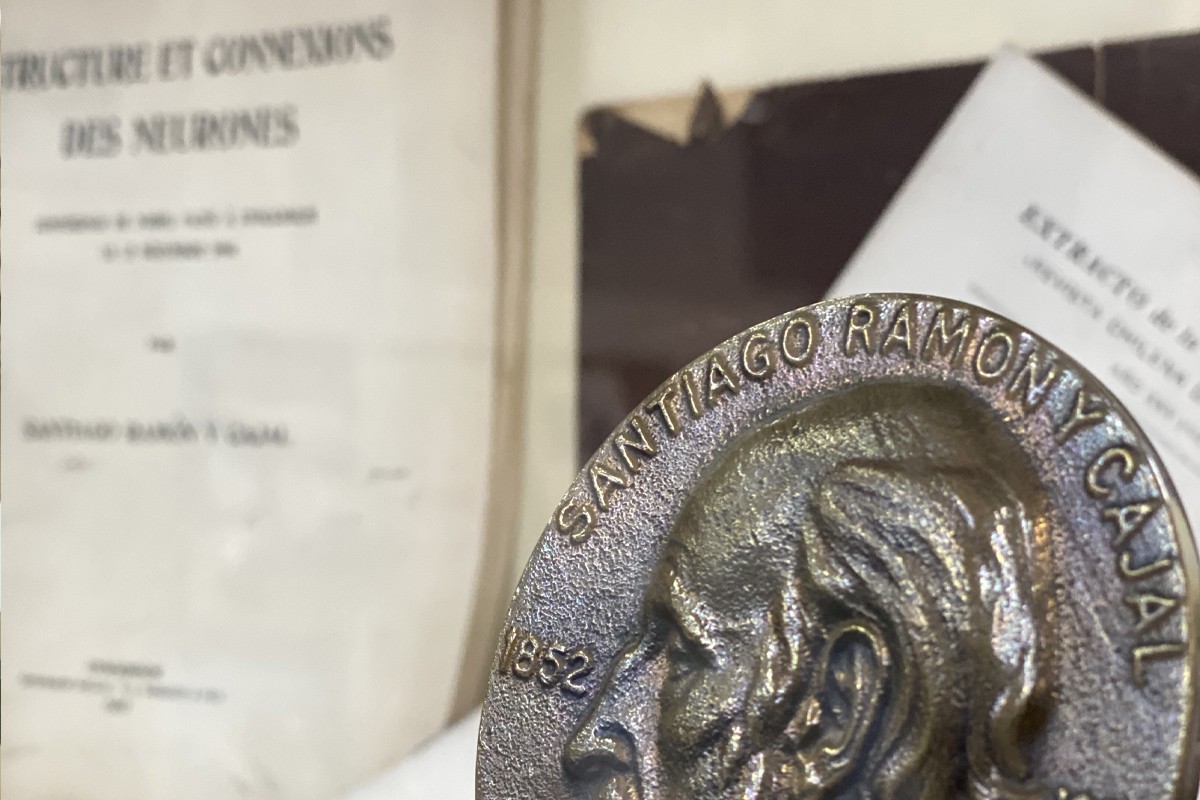
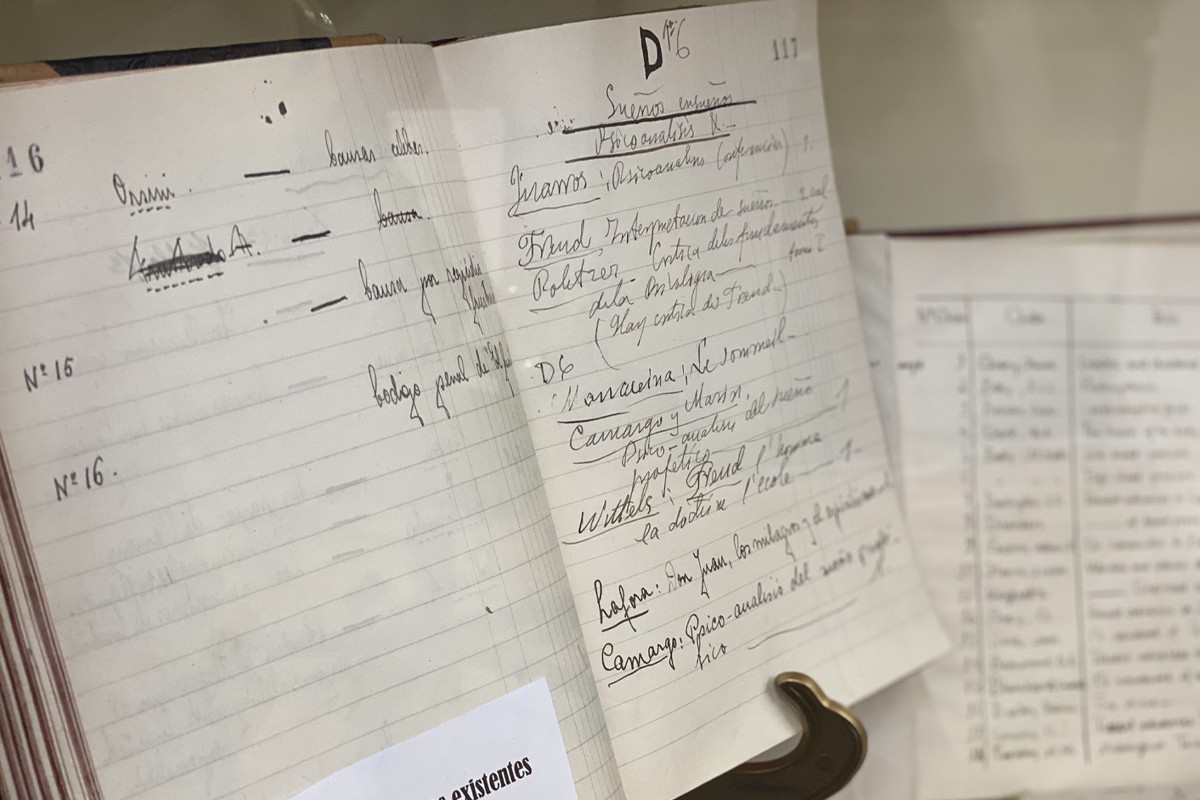
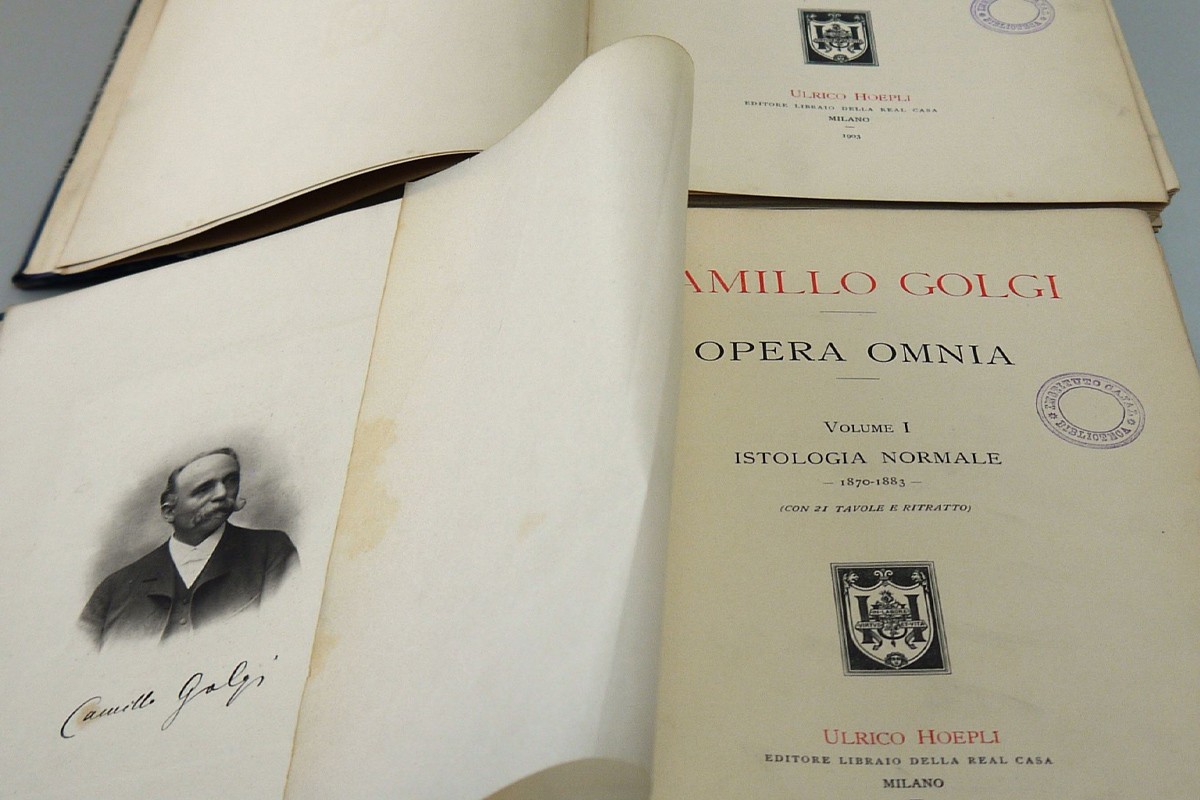

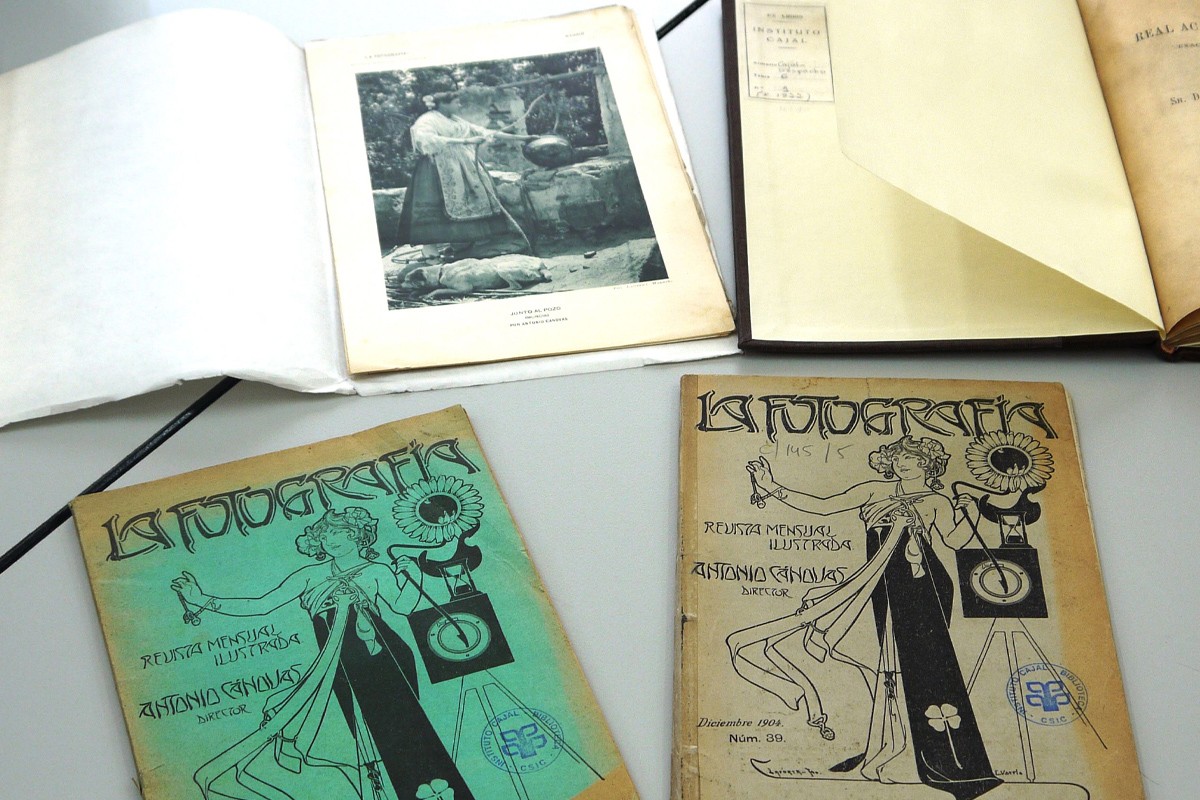
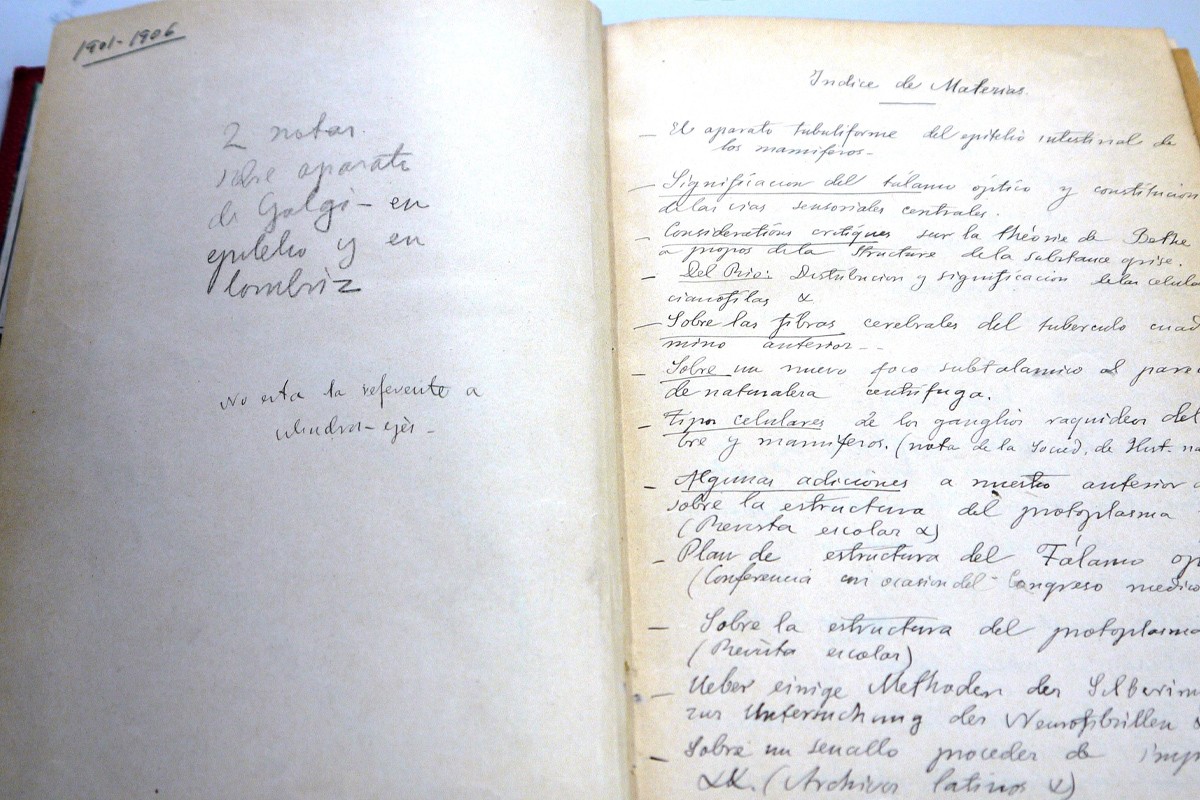
Related information

Neuroscience Research Center dependent on the CSIC. Founded in 1920 and initially directed by Santiago Ramón y Cajal. World reference in the study of the brain. Custodian of the Cajal Legacy.
Activities
